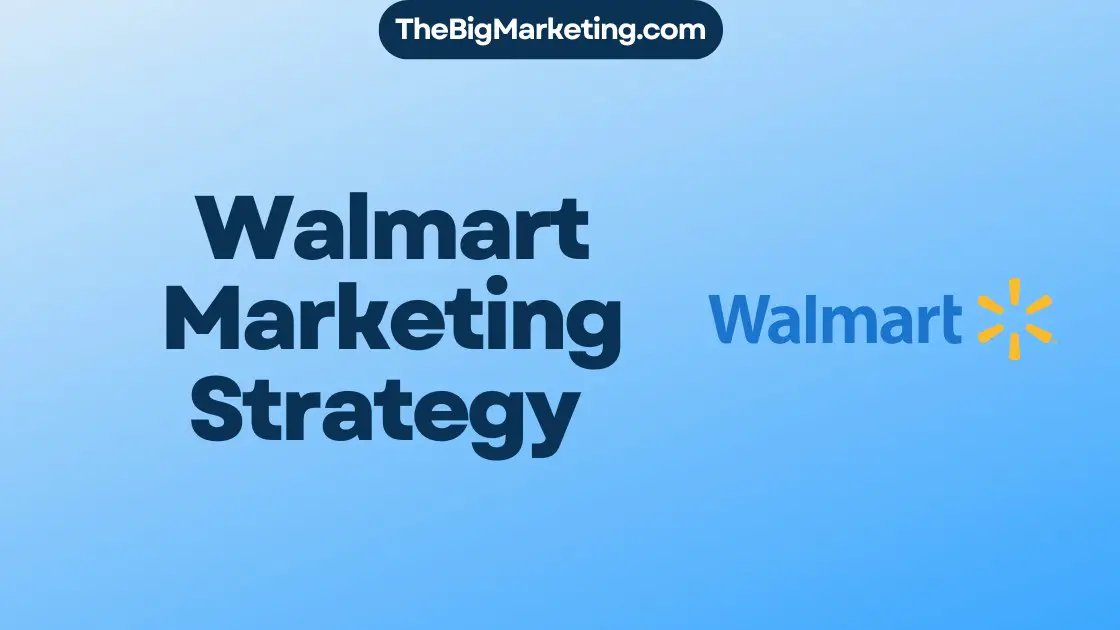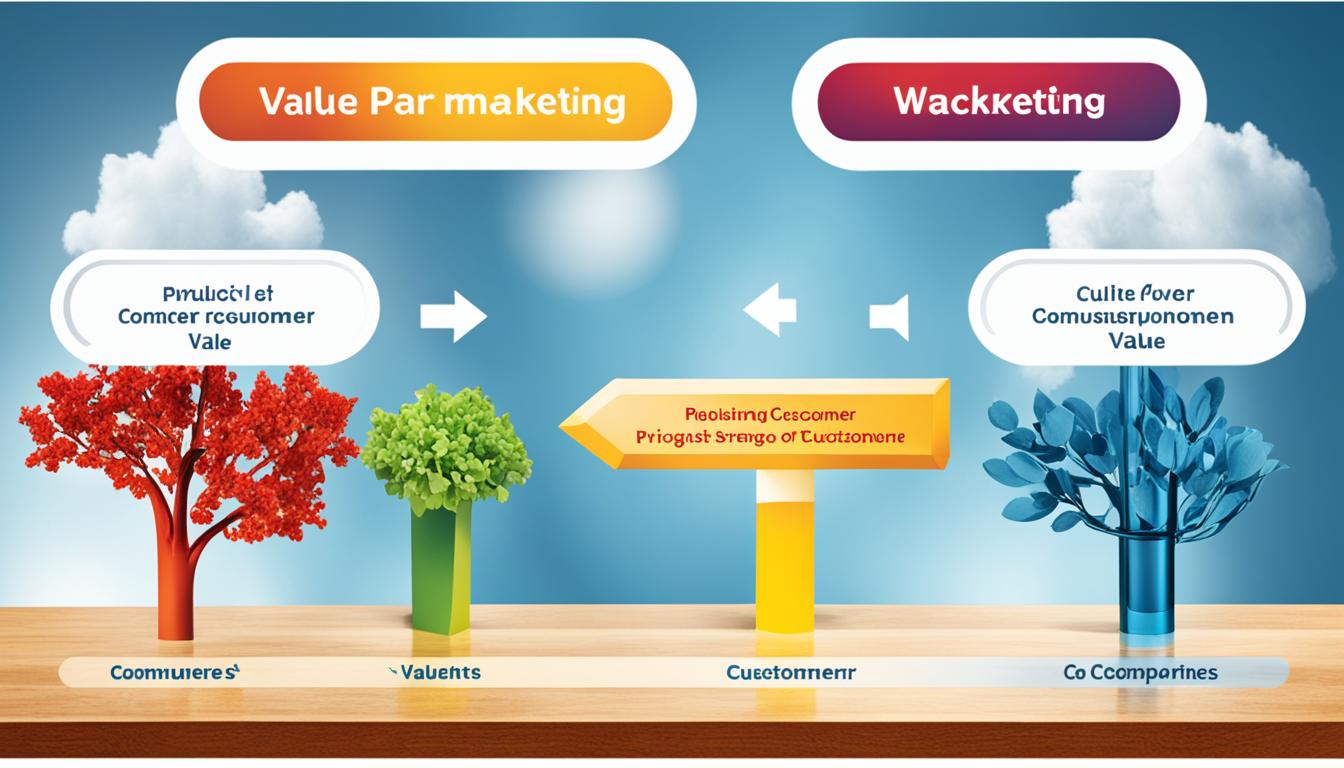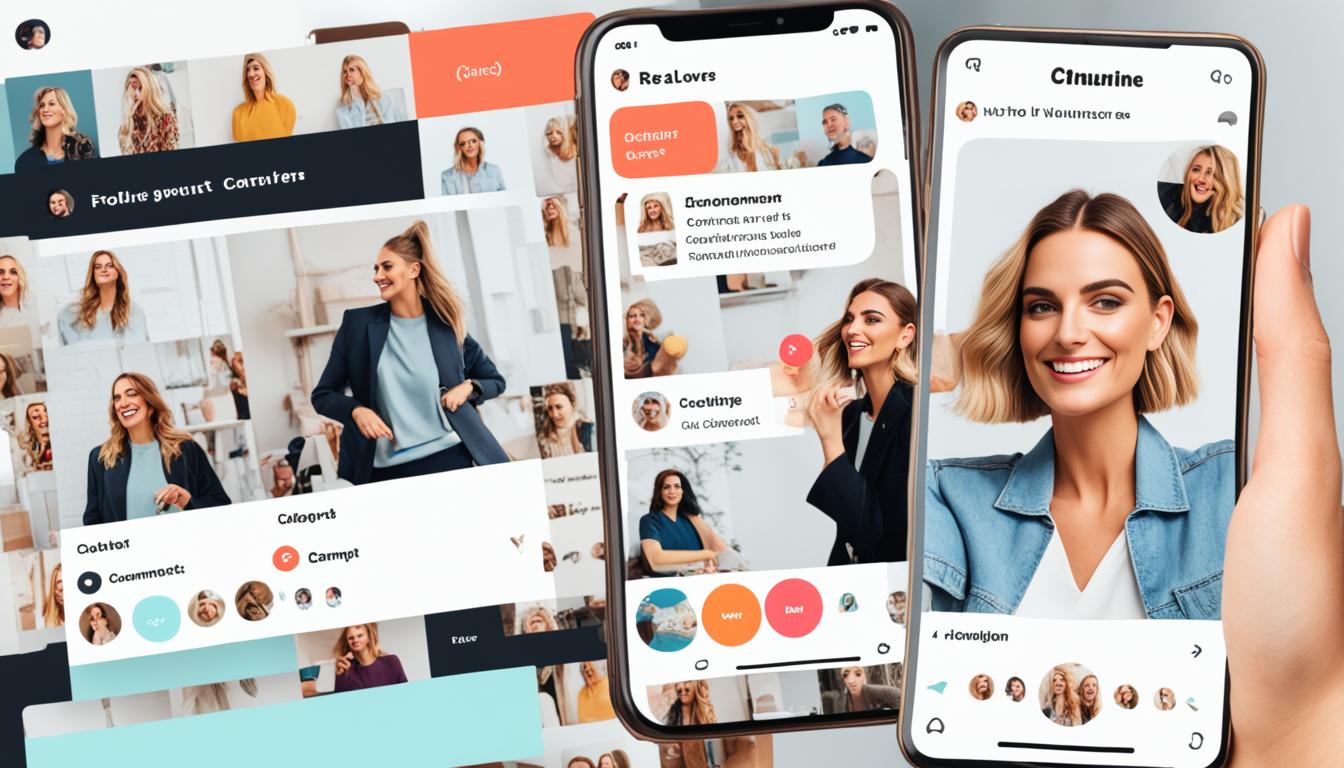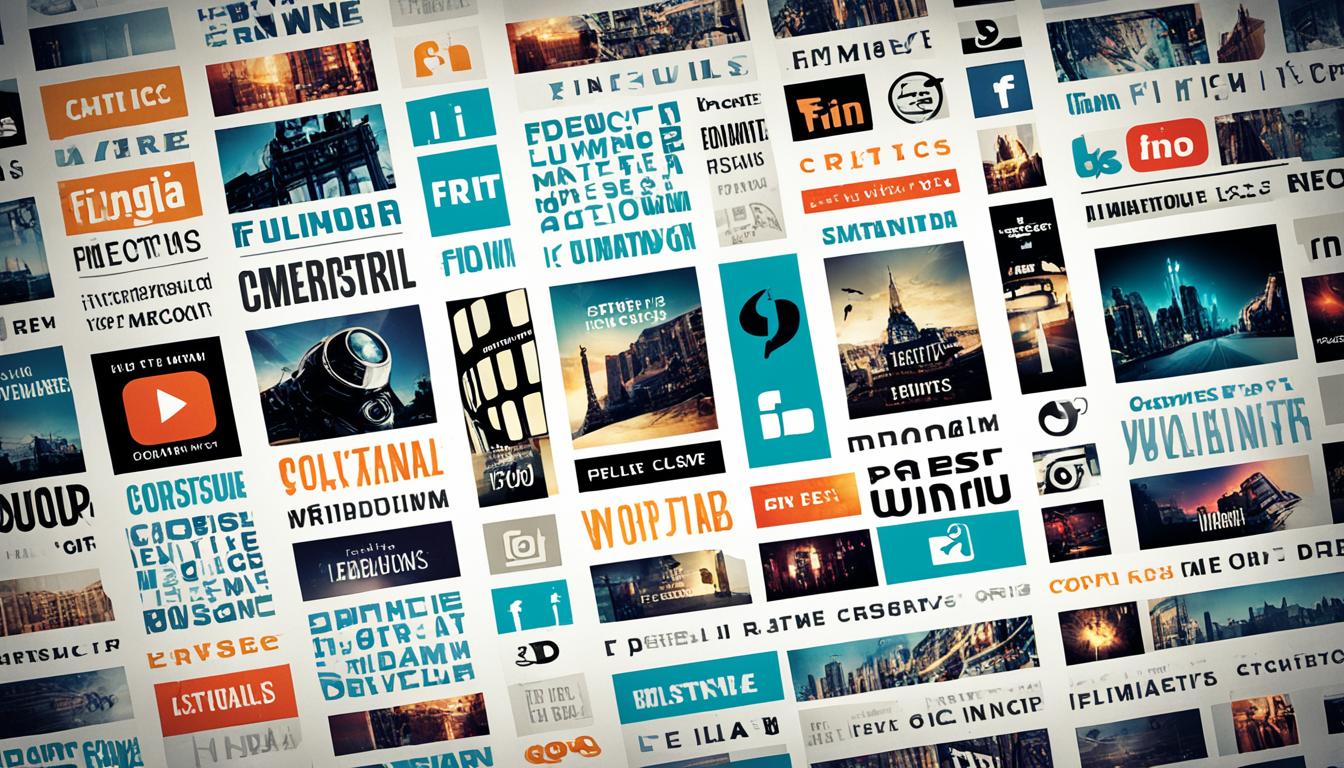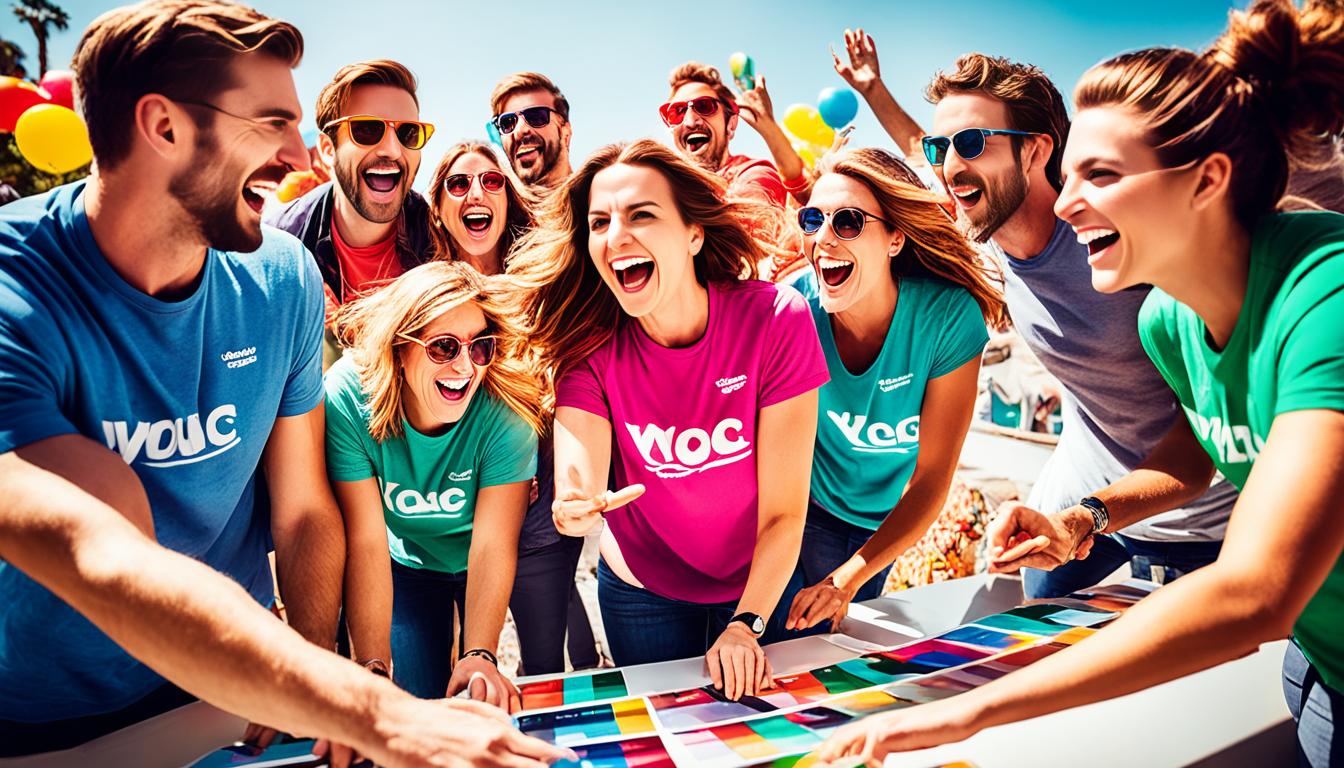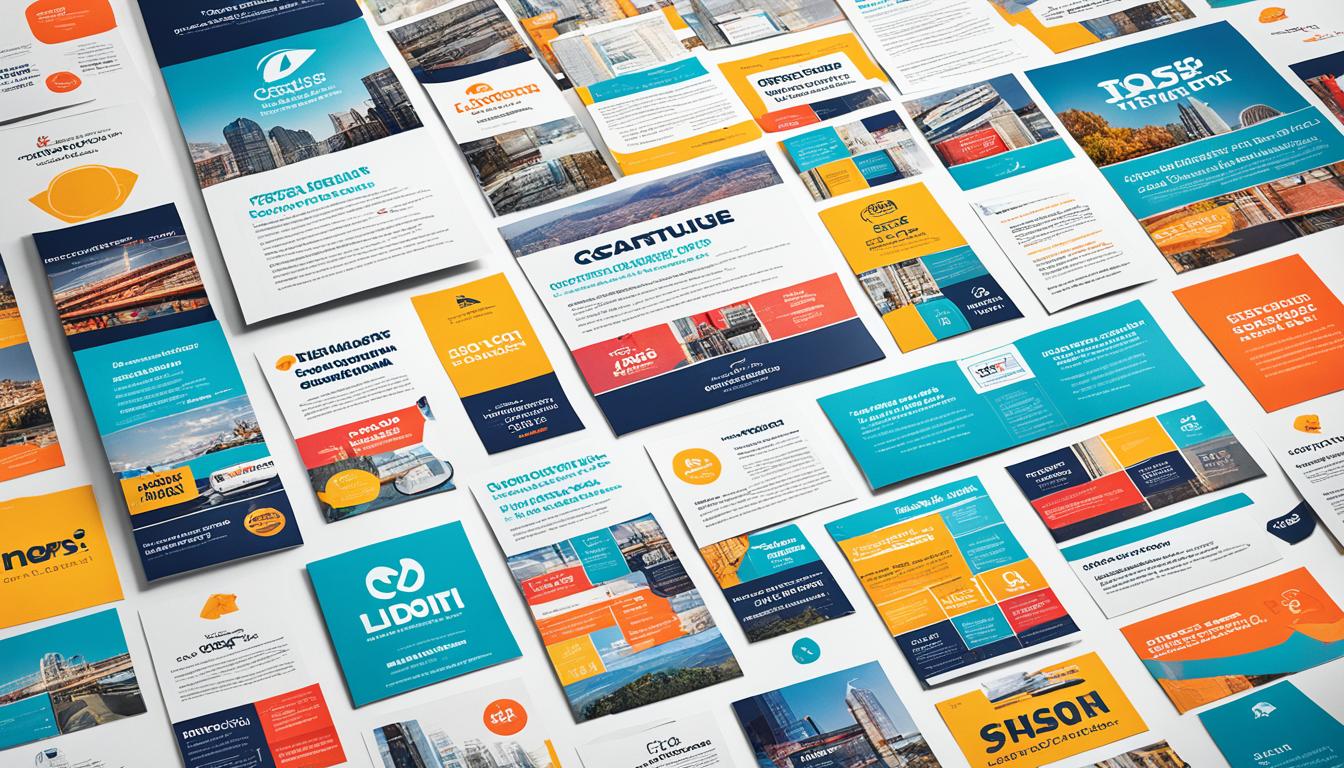Disruptive marketing is also known as marketing innovation. It’s about doing things differently in the marketing world. This technique breaks away from the usual to grab attention in the crowded market.
In this article, we’ll dive into what makes marketing disruptive. We’ll look at examples from top brands. We will also see how tech shapes these strategies. This will show how it can change your business and fuel growth.
Whether you’re reinventing your brand’s marketing or starting fresh, disruptive marketing can set you apart. It can really change the game for you.
Key Takeaways:
- Disruptive marketing challenges traditional marketing norms by embracing innovative and unconventional tactics.
- Real-world examples, such as successful campaigns by renowned brands, showcase the effectiveness of disruptive marketing.
- Technology plays a crucial role in shaping disruptive marketing strategies.
- Disruptive marketing can help businesses differentiate themselves and drive growth.
- Understanding disruptive marketing is essential for both established brands and small businesses aiming to make a big impact.
The #OptOutside Campaign by REI
REI’s #OptOutside campaign is a top example of clever marketing. In 2015, REI made a bold move. They asked customers to skip Black Friday shopping and enjoy the outdoors instead. This campaign aimed to shake up the usual rush of buying things that Black Friday brings.
The #OptOutside campaign really hit home by promoting REI’s love for nature and adventure. It encouraged people to pick going outside over shopping. This way, REI made a strong connection with their customers, offering them a chance to experience something meaningful.
This campaign did more than just question old habits. It reached people tired of the busy, buy-more culture of Black Friday. It started discussions on the value of nature time and choosing experiences over things.
REI’s brave choice brought them lots of attention and more sales. By choosing to be different, REI showed they care about what’s important to their customers.
| Key Aspects of the #OptOutside Campaign | Impact |
|---|---|
| Challenging the tradition of Black Friday shopping | Increased brand awareness |
| Promoting outdoor activities and nature exploration | Greater customer engagement |
| Aligning with REI’s values and customer aspirations | Inspired brand loyalty |
The #OptOutside campaign stays popular and shows how bold marketing can lead to success. It reminds us that standing out and connecting with people’s feelings and values can boost how people see a brand and keep customers loyal.
The Volvo Interception Campaign
In 2015, the Super Bowl saw Volvo’s groundbreaking Interception campaign. Volvo came up with a clever idea. They asked people to nominate someone they love for a chance to win a Volvo car. This chance would come up whenever a car ad from another brand appeared.
The campaign made everyone talk about Volvo instead of its rivals. It brought a lot of people together on social media. By getting viewers involved, Volvo spread excitement about their brand.
This smart move caught the eye of many during the Super Bowl. It wasn’t just for show; Volvo’s sales saw a big boost. They shifted the focus from the usual ads. This highlighted their commitment to safety and new ideas.
Volvo’s bold campaign showed how to make a mark with disruptive marketing. They offered something different. This left a strong memory and got the audience involved.
Trying something new, like the Volvo campaign, shakes things up. It shows there’s always another way to stand out. By daring to be different and engaging people in new ways, companies can shine. This leads to better awareness and more interaction from customers.
L’Oreal’s AI-powered Hair Color App
L’Oreal is a top name in beauty, now offering a cool AI hair color app. This app lets you try out hair colors virtually for a fun, personalized beauty adventure.
Thanks to artificial intelligence, L’Oreal offers a cool solution for picking the perfect hair color. You can try different colors on your hair in real-time. This helps you choose the best color confidently.
The app gives you a beauty experience tailored just for you. It considers your skin tone and hair type to suggest the best colors. This makes the app very helpful, building your confidence to try new colors.
Also, the app makes finding a salon easy, connecting you with spots that use L’Oreal. This helps you go from trying colors virtually to having your hair colored for real easily.
L’Oreal’s app shows how AI can change the beauty game. It sets L’Oreal apart, offering you an unforgettable beauty journey that’s tailored to you.
The Benefits of L’Oreal’s Hair Color App:
- Virtual hair color experimentation
- Personalized beauty recommendations
- Convenient salon appointment scheduling
- Enhanced user experience
- Increased confidence in hair color choices
Importance of Disruptive Marketing
Disruptive marketing is vital in today’s fast-changing business world. Technology grows rapidly, consumer desires increase, and competition is fierce. Marketers must cut through the clutter of ads to get noticed. By using new marketing tactics, businesses can shine, standing out and meeting their customers’ changing needs.
Customers today expect more than ever from brands. They don’t want the same old ads. They look for unique, memorable experiences that reflect their values. Through creative stories, fun campaigns, and hands-on marketing, companies can meet these expectations. This builds strong relationships with their audience.
Technology has also transformed marketing. Tools like AI, data analysis, and automation change the game. They let marketers send messages that really speak to people, personally and effectively. This makes marketing efforts more successful and efficient.
To sum it up, disruptive marketing is key for staying on top. Innovating, understanding customer needs, and using new tech helps brands stand out. This way, they catch more eyes and keep up with market changes.
Benefits of Disruptive Marketing
Disruptive marketing strategies bring big benefits to businesses. They use new methods and question old ways. This helps companies prepare for the future, improve operations, and grow.
- Preparing for Future Opportunities: Disruptive marketing lets businesses spot and use new trends and customer needs early. This way, they can lead their industry and grab chances as they come.
- Refining Processes: It encourages a culture of getting better all the time. Companies look at how they market regularly. They tweak strategies to work better and get more effective at marketing.
- Promoting Business Growth: Bold and creative marketing makes people notice a brand. It increases awareness, gets customers involved, and helps the business grow. With these tactics, companies draw in new customers, keep the old ones, and make more money.
- Addressing Customer Needs: It helps businesses meet changing customer needs. By not sticking to the usual and trying new ideas, they focus on what customers really want. This connects better with their audience.
- Adapting to the Shifting Balance of Power: Today, the power dynamic between customers and brands is changing. Disruptive marketing helps companies keep up. They offer great customer experiences, build loyalty, and stay competitive.
Tips for Creating a Disruptive Marketing Strategy
To succeed in disruptive marketing, you need a deep understanding of your industry and what customers want. By analyzing the industry and researching customers, companies can spot chances to meet needs that others don’t. This crucial knowledge lets businesses craft messages that really stand out in a crowded market.
For a disruptive marketing strategy to work, it’s vital for companies to do something unique. They might use new tech, try different marketing channels, or think up new creative ideas. By being distinct and innovative, brands can grab people’s attention and make an unforgettable mark.
Being bold and different is key, but it’s also important to stay true to your brand’s values. Disruptive marketing needs to reflect what your brand stands for. This consistency helps build trust, forge lasting customer bonds, and keep a solid brand identity.
Key Tips for Creating a Disruptive Marketing Strategy:
- Conduct industry analysis to understand market trends, dynamics, and opportunities.
- Perform comprehensive customer research to uncover insights about preferences, pain points, and unmet needs.
- Embrace a unique approach that differentiates your brand from competitors.
- Stay true to brand values and ensure that new tactics align with the overall brand image and mission.
By adhering to these tips, companies can craft a disruptive marketing strategy that speaks to their audience, stands out in a busy market, and promotes growth.
| Benefits of a Disruptive Marketing Strategy | Key Factors to Consider |
|---|---|
| Increased brand awareness | Industry analysis |
| Enhanced customer engagement | Customer research |
| Competitive differentiation | Unique approach |
| Business growth and expansion | Staying true to brand values |
Examples of Disruptive Marketing Campaigns
Disruptive marketing campaigns have the power to captivate audiences and create a lasting impact. Let’s explore two notable examples: the Coca-Cola “Share a Coke” campaign and the Tate 1840s GIF Party.
Coca-Cola “Share a Coke” Campaign
The Coca-Cola “Share a Coke” campaign took personalization to new heights. It replaced traditional Coke logos on bottles with popular names. This created a sense of connection and excitement among consumers.
Enjoying a Coke became a fun and social experience. Coca-Cola successfully boosted brand awareness and deepened customer engagement through personalization.
Tate 1840s GIF Party
The Tate 1840s GIF Party showed how disruptive marketing can engage modern audiences. The campaign turned iconic artworks from the 1840s into animated GIFs. It combined timeless art beauty with modern digital allure.
This created significant buzz on social media. It captured the attention of both art lovers and digital natives. The campaign demonstrated disruptive marketing’s power to bring traditional art into the digital age.
| Example | Key Features | Impact |
|---|---|---|
| Coca-Cola “Share a Coke” Campaign | Personalized bottle labels with popular names | Amplified brand awareness, increased customer engagement |
| Tate 1840s GIF Party | Transformed 1840s artworks into animated GIFs | Generated buzz on social media, bridged art and digital culture |
These standout campaigns exemplify how disruptive marketing can push boundaries and engage consumers. They create extraordinary brand experiences. By embracing creativity, innovation, and understanding their audience, brands can use disruptive marketing to stand out and leave a lasting impression.
Disruptive Technology and Marketing
Disruptive technologies have changed marketing for the better. They let businesses reach their audience in new ways. AI, machine learning, analytics, and marketing automation are leading this change. Using these tools, marketers can improve their plans and get better outcomes.
AI, or Artificial Intelligence, offers customized messaging and experiences. AI tools help analyze lots of data to understand customer behavior. This lets marketers make ads and campaigns that truly speak to each person.
Machine learning helps make marketing better over time. It looks at data patterns to find trends and predict future actions. This helps marketers tweak their plans to always hit the mark with their audience.
Analytics are key to disruptive marketing’s success. They let marketers see how well their campaigns are doing, follow important metrics, and make smart changes. Having access to data in real-time means decisions are informed and timely.
Marketing automation helps businesses do more with less effort. It takes over routine tasks like emails or social media posts. This frees up time for bigger projects. It also helps with following up on leads and managing customer relations, keeping businesses close to their people.
As these technologies evolve, marketers need to keep up. Using AI, machine learning, analytics, and marketing automation lets businesses create personal experiences, fine-tune their efforts, and grow. Embracing these technologies opens up new doors and leads to more success in the fast-paced marketing world.
Embracing Disruptive Marketing with Technology
In today’s fast-paced world, businesses need to adopt technology for better marketing. Disruptive marketing gets a boost with technology. It allows for personalized experiences, automation, and constant improvements through tests.
Technology Adoption for Personalized Marketing
Customers nowadays expect tailored experiences. Businesses can meet these needs with technology. Using CRM systems and data analytics, companies gather and analyze customer information. This lets them create specific marketing efforts that truly speak to each customer, boosting engagement and sales.
Marketing Automation for Targeted Campaigns
Automation is key in today’s marketing world. Marketing automation tools help with tasks like sending emails and posting on social media. These systems ensure messages are timely and relevant to each audience. They save time and increase marketing success.
Testing and Experimentation for Optimization
Trying new things is vital for staying ahead. With technology, businesses can test and learn what works best. Techniques like A/B testing help understand customers better. This leads to smarter strategies and a culture of innovation.
| Benefits | Technology | Examples |
|---|---|---|
| Personalized marketing experiences | CRM platforms, data analytics tools | Amazon’s personalized product recommendations |
| Targeted and automated campaigns | Marketing automation systems | HubSpot’s email marketing automation |
| Optimized marketing strategies | Testing and experimentation tools | Netflix’s algorithm-based content recommendations |
By leveraging technology, companies can enhance their marketing. They can offer personalized experiences, streamline campaigns, and continuously improve. Combining technology with disruptive marketing helps connect with customers more effectively. It drives success in today’s digital age.
Overcoming Challenges in Disruptive Marketing
Disruptive marketing strategies often face resistance. This is due to fear of change or failure. Embracing these challenges is vital for businesses wanting to lead in a fast-changing marketplace. Success comes from a mindset focused on ongoing learning and critical thinking.
Marketers should be ready to try new things, take risks, and learn from outcomes. Through trial and error, they gain valuable insights. This helps them improve their strategies and make better decisions for future plans. Continuous learning keeps marketers up-to-date, helping them adjust to new market trends.
Critical analysis is crucial for checking if disruptive campaigns are working. Marketers must closely examine the results and impacts of their strategies. Doing so shows if they are achieving their goals. This analysis points out areas for improvement and helps fine-tune marketing methods.
With a growth mindset, marketers view each new tactic with an open mind, even if it’s different from the norm. They know disruptive marketing needs innovation and a readiness to question usual practices. This view helps them overcome obstacles, accept change, and seize new chances.
Benefits of Overcoming Challenges
Beating challenges in disruptive marketing brings many benefits for businesses. It sharpens strategies, shows areas to grow, and puts companies on a path to success in a constantly changing marketing world. By valuing ongoing learning and critical analysis, marketers can:
- Stay flexible and match shifting consumer preferences
- Spot and make the most of new trends and opportunities
- Design focused and effective marketing campaigns
- Better position their brands and stay relevant
- Boost customer satisfaction and loyalty
- Increase business growth and edge over competitors
By tackling challenges, businesses can use disruptive marketing to change their approach and achieve lasting success.
| Challenges | Strategies for Overcoming |
|---|---|
| Resistance to Change | ● Communicate the benefits of disruption ● Provide education and training programs ● Lead by example and create a culture that embraces change |
| Fear of Failure | ● Encourage experimentation and risk-taking ● Celebrate learning from failures and pivot when necessary ● Foster a safe and supportive environment for innovation |
| Lack of Resources | ● Prioritize and allocate resources strategically ● Leverage partnerships and collaborations ● Seek innovative cost-effective solutions |
| Limited Market Understanding | ● Conduct market research and consumer analysis ● Embrace data-driven insights for informed decision-making ● Stay updated with industry trends and consumer behaviors |
Conclusion
Disruptive marketing helps businesses move away from old ways and embrace innovation. It’s all about new tactics and tech to make a mark. This way, companies can catch the eye of customers and grow.
It lets companies, big or small, change their marketing game. They can come up with cool and unique campaigns. This sets them apart from others.
To pull off these strategies, you need to really understand your market and what your customers want. Deep research helps find chances to meet needs and offer special experiences.
Today, staying ahead means getting creative with your marketing. Disruptive marketing lets businesses meet new expectations and excite their customers. It’s key for growth and keeping things interesting.
